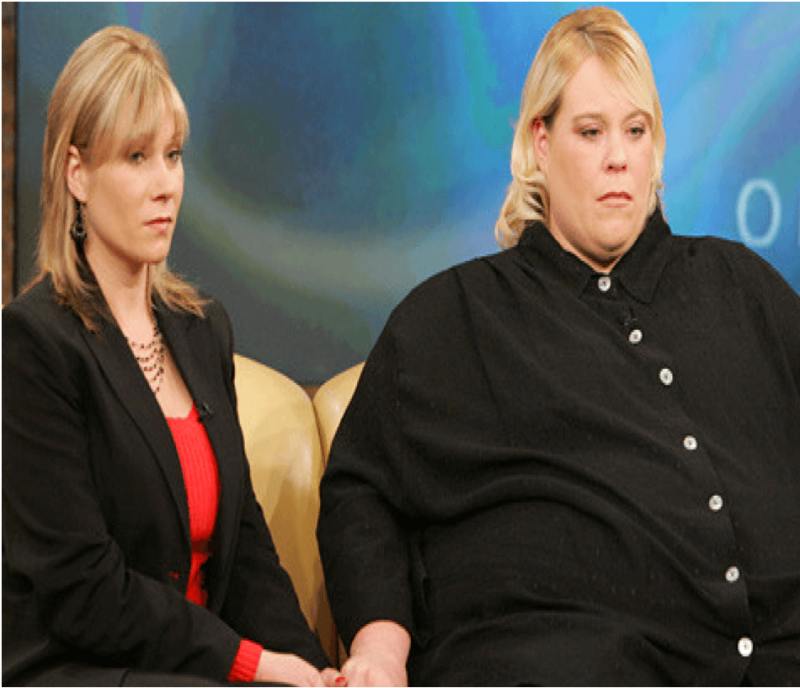Identical twins share a lot of things: Genetic code, physical traits (obviously, since they are defined by genetics), taste in fashion, and so on. Though stories circulate in the popular media about how identical twins can read each others thoughts, make similar career and relationship choices, etc., the scientific data are scarce and, in fact, largely don’t support the conjecture. On the idea of ‘twin telepathy,’ famous magician and skeptic James Randi has spent a lot of time debunking psychics and telepathics, and has shown how when people are very suggestible, they latch on to the instances where psychics seem to be correct (the ‘hits’), and forget the ‘misses,’ which are all the other times when the guesses are incorrect. It’s fun to think that there’s a ‘spooky connection’ (as Einstein would have called it) between twins, but the reality is much more prosaic and tends to be more wishful thinking than anything else.
One of the things that isn’t shared between identical twins is obesity; one twin of an identical pair may be considerably more obese than another. If genetics guide our eating behavior, food preferences, and metabolism, why wouldn’t twins categorically have similar body weights?
One of the main mechanisms for identical twins not having identical weights appears to be differences in the switching on and off of genes. While genetics are never necessarily a destiny, they do give a good indication of milestones along one’s life journey. There are two parts that are not predetermined: How we choose to live with our genes, and epigenetic effects. Interestingly, researchers have identified a potential causal link in the regulation of weight—a protein called Trim28. This protein appears to regulate epigenetic changes which lead to leanness or obesity. Epigenetic changes are physical changes to the the DNA which do not change the sequence of the gene, but change the activity of the gene (for example turn it off or on). Identical twins who have mutations in Trim28 where one produces nominal Trim28 levels and the other has a deficit in Trim28 levels are associated with striking differences in body weight and body mass composition. Trim28 appears be responsible for the epigenetic control of genes NNAT, PEG3, CDKN1C, and PLAGL1. These four genes have all be found to be involved with growth and body weight.
The discovery of this protein, and the effects it seems to exert, may be an indication of some amazing evolutionary adaptations just below the surface. Imagine the ‘typical’ paradigm of natural selection where, given a pair of competing organisms, substantive environmental changes or pressures may select for the survival of one over the other.
 The more we learn about different aspects of epigenetics, the more it seems that epigenetic switching could allow organisms to thrive in different ways under different environmental circumstances. The ability for one format of genetic code (genotype) to lead to different physical characteristics (phenotypes) in the organism is called polyphenism. Researchers looking into Trim28, and other metabolic epigenetic modifiers, believe that this is exactly what is being seen. By extension, this means that each of us may have looked substantially different given different epigenetic antecedents. J. Andrew Pospisilik of the Max Planck Institute of Immunobiology and Epigenetics notes:
The more we learn about different aspects of epigenetics, the more it seems that epigenetic switching could allow organisms to thrive in different ways under different environmental circumstances. The ability for one format of genetic code (genotype) to lead to different physical characteristics (phenotypes) in the organism is called polyphenism. Researchers looking into Trim28, and other metabolic epigenetic modifiers, believe that this is exactly what is being seen. By extension, this means that each of us may have looked substantially different given different epigenetic antecedents. J. Andrew Pospisilik of the Max Planck Institute of Immunobiology and Epigenetics notes:
A switch-like mechanism to produce individuals with different traits without changing DNA provides a selective advantage at the population level… Polyphenism allows an emergency or plan B version that gets the species through transient selective pressures.
It could be the ultimate form of trial-and-error to enhance survival under different circumstances. Imagine each member of a twin set (with identical DNA) presenting different characteristics to the world; over time, certain successful adaptations would tend to be conserved for future generations. Additionally, the striking differences in body morphology between identical twins whose ‘only’ difference is epigenetic opens the door for future groundbreaking discoveries about how immense the effects of epigenetics actually are, particularly given how they have been under appreciated for so long.
So does the choice of an individual to behave in certain ways change their levels of Trim28 expression? This is still unknown. The normal levels of ‘endogenous’ Trim28 that one has seems to influence the epigenetic effects but whether the production of Trim28 is plastic in response to normal changes in living behavior hasn’t been rigorously studied yet.
Ben Locwin is a behavioral neuroscientist and astrophysicist with a masters in business, and a researcher on the genetics of human disease. BIO. Follow him on Twitter @BenLocwin.































